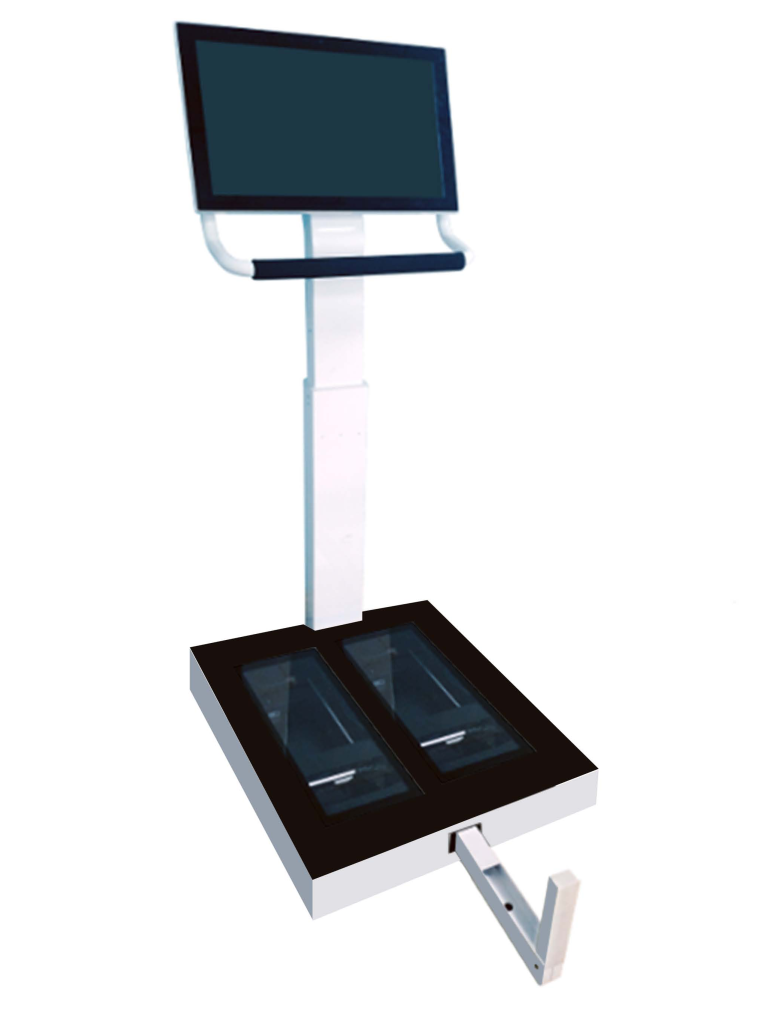3D Foot Scanner for Accurate Assessment of High Arches and Flat Feet
Foot health is not only essential for our daily comfort while walking but also plays a crucial role in our overall body balance and health. Among various foot issues, high arches and flat feet are two common and discomfort-inducing foot shapes. Fortunately, the advancement of modern technology has provided a precise and efficient tool for foot health assessment—the 3D foot scanner. This device has demonstrated exceptional performance in accurately assessing high arches and flat feet, becoming an indispensable tool in the medical and sports fields.
What are High Arches and Flat Feet?
High Arches
High arches refer to a condition where the arch of the foot is more pronounced than usual, reducing the contact area between the foot and the ground. This structure can lead to foot pain, fatigue, and even increase the risk of ankle sprains. High arches are often associated with genetic factors or neuromuscular disorders.
Flat Feet
Flat feet occur when the arch of the foot collapses, and the sole nearly touches the ground. This can cause gait abnormalities, foot fatigue, and may place extra pressure on the knees, hips, and lower back. Some children may naturally improve flat feet as they grow, but adults may require more precise interventions.

How the 3D Foot Scanner Assesses High Arches and Flat Feet
The 3D foot scanner captures the complete three-dimensional shape of the foot, providing scientific data for the measurement of high arches and flat feet. The assessment process mainly includes the following steps:
Foot Shape Capture
The scanner uses optical technology to collect high-precision data from multiple angles, generating a 3D model that accurately displays every detail of the foot’s structure.
Arch Height Analysis
By measuring the height, width, and curvature of the arch, the scanner can determine if the arch is too high or too low, accurately classifying it as high arch, normal arch, or flat feet.
Angle and Curvature Measurement
The 3D foot scanner can also measure the joint angles of the foot and the curvature of the arch, providing richer data to support doctors or custom orthotic designers in making targeted interventions.
Why Choose a 3D Foot Scanner for Arch Assessment
Precise and Efficient
The 3D foot scanner can complete a comprehensive scan of the foot’s shape in a short amount of time, with precision far exceeding traditional visual inspection methods and simple measuring tools.
Non-invasive Detection
The scanner does not require direct contact with the foot, using optical technology to perform the scan, thus avoiding the discomfort often caused by traditional measurement methods.
Comprehensive Analysis
The foot scanner can not only measure the arch height but also assess the overall structure of the foot, providing more comprehensive data for health management.
Dynamic and Static Assessment Combination
Some advanced scanners support dynamic assessments, capturing changes in foot shape during walking or running, further enhancing the scientific nature of the assessment.
Assessment and Intervention for High Arches
Characteristics of High Arches
Patients with high arches often exhibit a pronounced arch, inward-tilting heels, and a small contact area between the foot and the ground. As pressure concentrates on the forefoot and heel, walking often causes pain.
Role of the Foot Scanner
With the 3D foot scanner, doctors can measure the height and curvature of the high arch and determine the extent of the abnormality. Furthermore, the 3D data generated by the scanner can help design custom orthotic insoles that redistribute pressure across the foot and alleviate discomfort.
Precautions in Daily Life
Patients with high arches should select suitable shoes, avoiding excessively hard soles, and may opt for custom insoles based on the data from the scanner for additional support.
Assessment and Improvement for Flat Feet
Characteristics of Flat Feet
Flat feet are characterized by a collapsed arch, where the sole is nearly in complete contact with the ground, often accompanied by foot fatigue and pain during walking. Long-term flat feet can lead to poor posture and may cause joint issues.
Application of the Foot Scanner in Flat Feet
The 3D foot scanner can clearly display the arch height and contact area with the ground, providing visual data for diagnosis. The scanned data can also guide the design of corrective insoles, which provide appropriate support to improve the arch shape and alleviate the effects of flat feet.
Improving Daily Comfort
Based on the scan results, selecting shoes with adequate support or using custom insoles tailored to the data can significantly relieve discomfort during daily activities.
Additional Benefits of the Foot Scanner
Data Storage and Analysis
The 3D models and data generated by the scanner can be stored long-term, making it easy to compare and analyze over time. This is particularly important for the long-term management of foot issues.
Visualization
The foot scanner displays foot problems in 3D images that are easy to understand, facilitating communication between doctors and patients. It also helps patients better understand their own issues and cooperate with treatment.
Versatility in Multiple Scenarios
Whether in medical institutions, rehabilitation centers, or sports shoe design, the foot scanner plays a vital role, providing professional services to a variety of people.
Foot Health Starts with Understanding Your Arch
Although high arches and flat feet are two opposite arch shape issues, both can have a profound impact on overall health. With its precision and efficiency, the 3D foot scanner provides a scientific means to assess and improve these conditions. Whether it’s for pain relief, enhancing athletic performance, or daily health management, the foot scanner is a reliable choice.
If you’d like to better understand your foot health, consider using a foot scanner. With comprehensive and precise data analysis, you can detect potential issues earlier and lay a solid foundation for your foot health.
